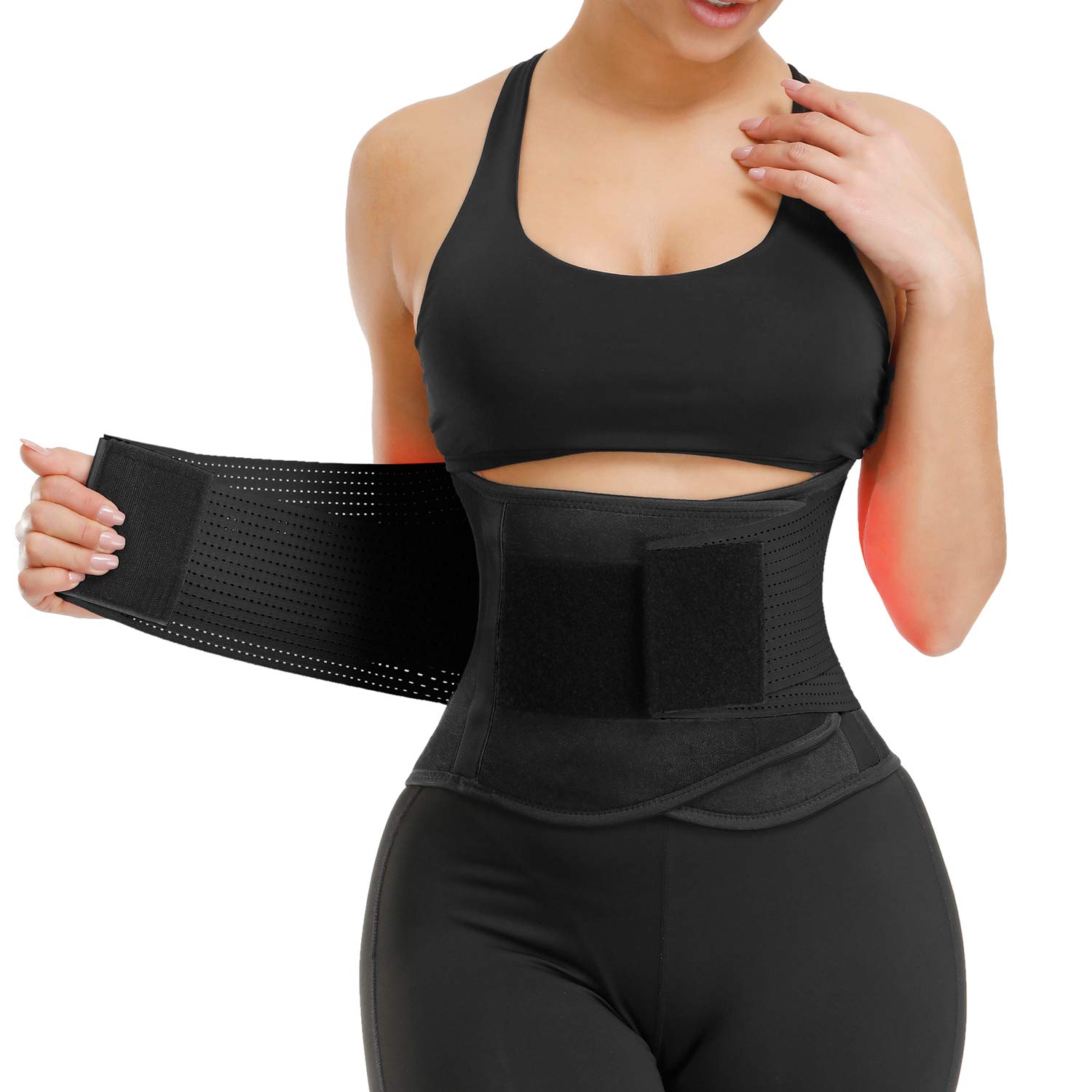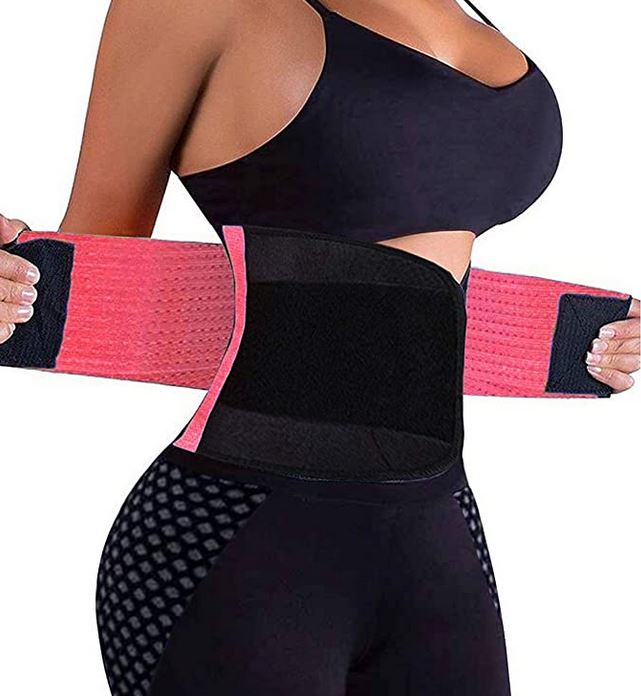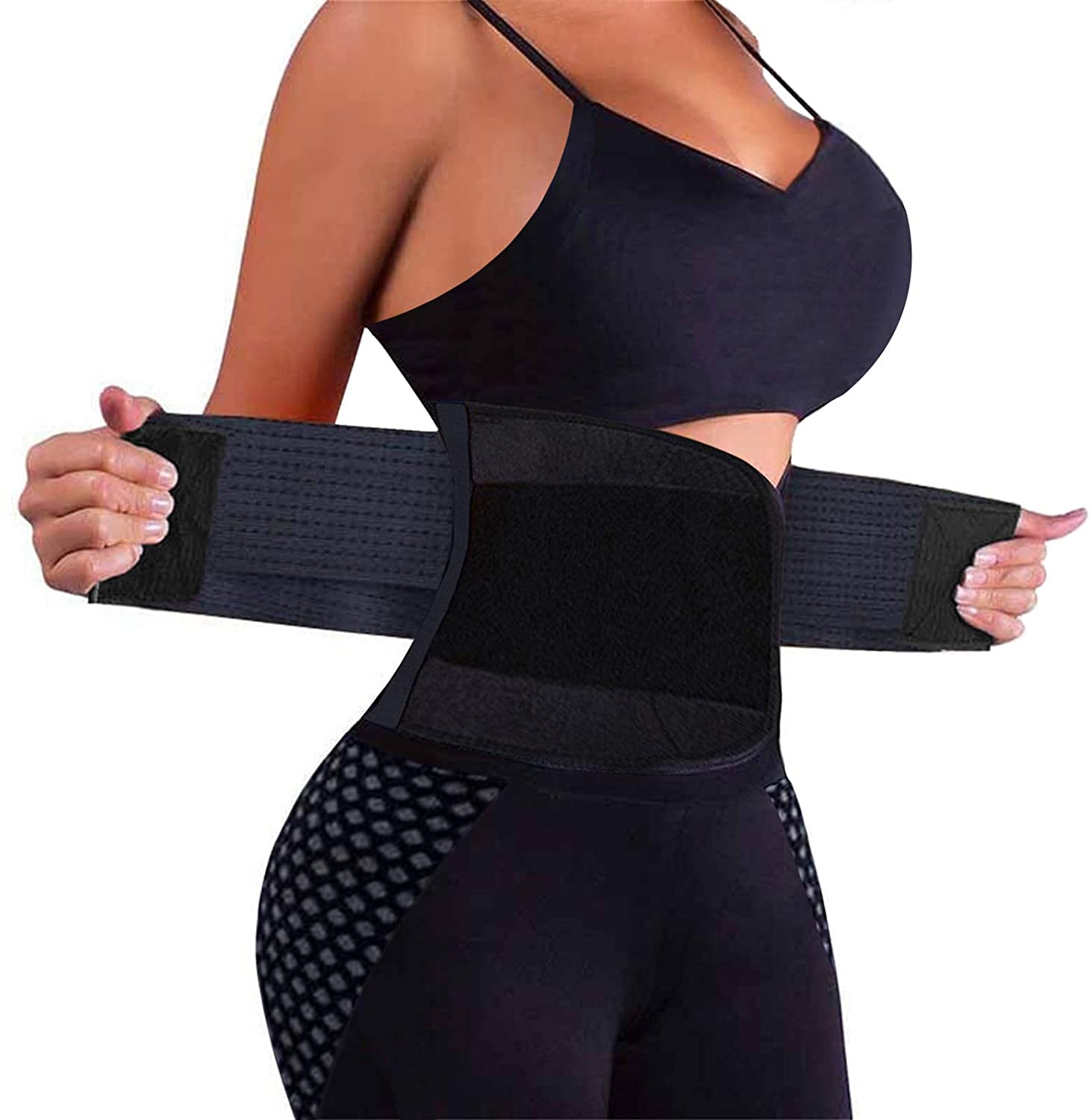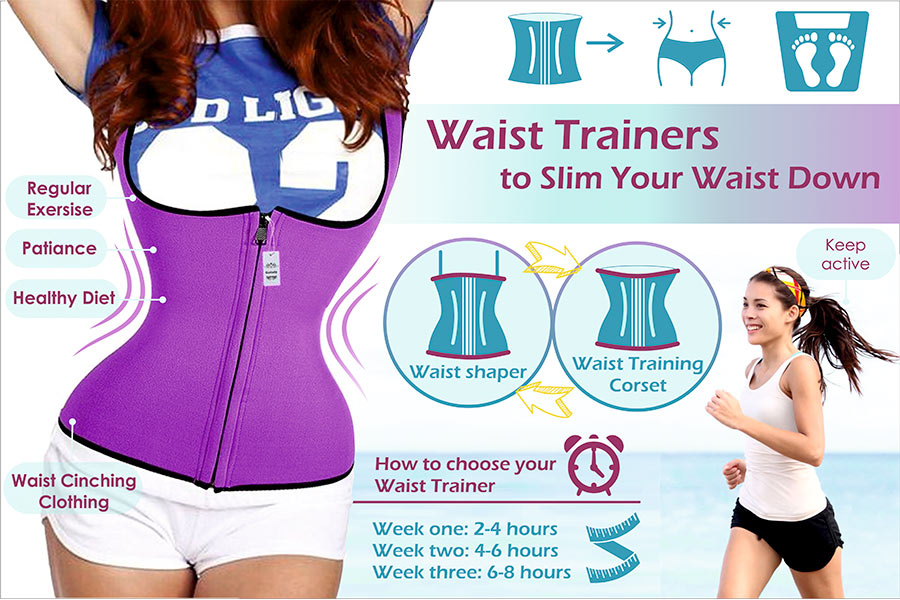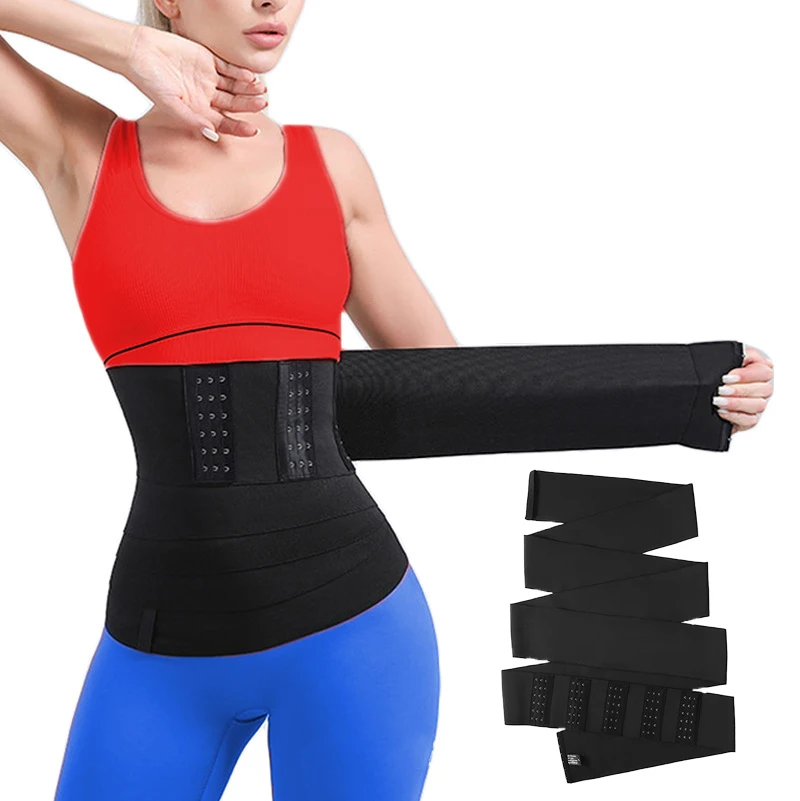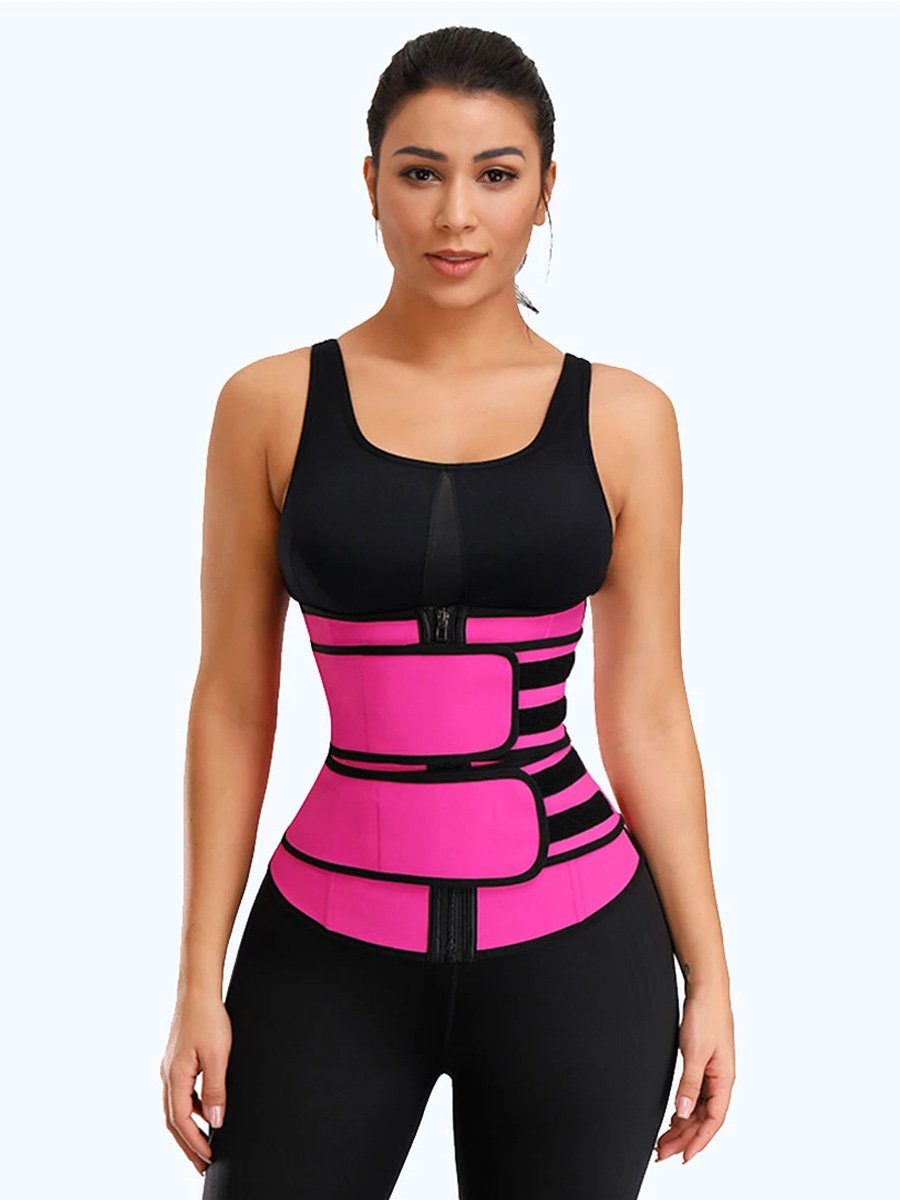Does Waist Trainer Help With Belly Fat

Waist trainers, garments designed to cinch the midsection, have surged in popularity, fueled by celebrity endorsements and promises of a sculpted physique. But do these constricting devices actually help shed belly fat, or are they just another fleeting fitness fad? Examining the science and hearing from experts provides a clearer picture.
The allure of a slimmer waistline without diet or exercise is understandably strong. This article will delve into the effectiveness, potential risks, and scientific evidence surrounding waist trainers to determine if they live up to the hype.
What Are Waist Trainers?
Waist trainers are essentially modern-day corsets, typically made of thick fabric and stiff boning. They are worn tightly around the midsection, aiming to compress the abdomen and create an hourglass figure.
Many manufacturers claim that consistent use of a waist trainer can permanently reshape the torso and reduce belly fat.
The Claims vs. The Reality
Proponents of waist trainers often argue that they promote fat loss through increased sweating and thermogenesis. Thermogenesis is the process of your body producing heat, which does burn calories.
However, Dr. Jane Smith, a board-certified physician specializing in endocrinology, states that the increased sweating experienced while wearing a waist trainer is primarily water loss. This temporary reduction in water weight is often misconstrued as fat loss.
"The effect is temporary and doesn't target actual fat cells," Dr. Smith clarifies.
Some also believe that waist trainers suppress appetite, leading to weight loss. The constricting nature of the garment can indeed make it uncomfortable to eat large meals.
But relying on discomfort to restrict calorie intake is not a healthy or sustainable weight loss strategy. Dietitians universally recommend balanced nutrition and portion control for long-term weight management.
The Potential Risks
Beyond their lack of effectiveness in targeting belly fat, waist trainers can pose several health risks. One common side effect is difficulty breathing.
The tight compression restricts lung capacity, making it harder to take deep breaths, especially during physical activity. This can lead to dizziness and lightheadedness.
Prolonged use can also weaken core muscles. Because the waist trainer provides external support, the abdominal muscles become less engaged and can atrophy over time.
Furthermore, internal organs can be negatively impacted. The pressure from the waist trainer can compress organs like the stomach, intestines, and kidneys, potentially leading to digestive problems, acid reflux, and even kidney damage.
What The Experts Say
The American Board of Cosmetic Surgery officially states that waist trainers do not reduce fat. They are not a substitute for diet and exercise.
"While a waist trainer may offer a temporary slimming effect under clothing, it does not change your body composition or permanently alter the distribution of fat," the organization emphasizes.
Instead of relying on waist trainers, experts recommend a combination of regular physical activity, a balanced diet, and sufficient sleep for sustainable weight loss and overall health.
A Healthier Approach
Losing belly fat requires a holistic approach. Cardiovascular exercises like running, swimming, and cycling are effective at burning calories.
Strength training helps build muscle mass, which increases metabolism and aids in fat loss. A diet rich in fruits, vegetables, lean protein, and whole grains provides the necessary nutrients for optimal health.
Consulting with a registered dietitian or certified personal trainer can provide personalized guidance and support for achieving your fitness goals safely and effectively.
While the instant gratification promised by waist trainers is tempting, the reality is that they offer no lasting benefits for belly fat reduction and carry potential health risks. Sustainable lifestyle changes are key to achieving a healthy and toned physique.






